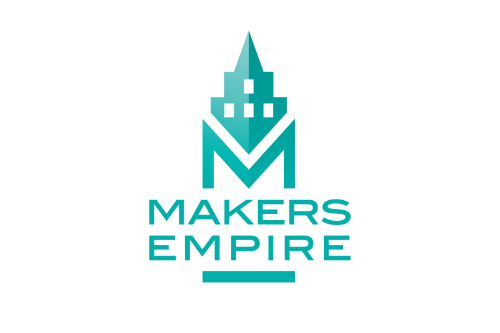Best tools for student-teacher collaboration in 2020
26 August 2020 — Written by Sudhakar Jeeva

One of the most gaping problems that plague the conventional system of education is the rigid concept pedagogy. In this teacher-centric way of learning, students are reduced to passive listeners or ‘consumers of given knowledge that is prepared and interpreted by the teacher who in almost all cases acts as a dominant figure’.
As we have been discussing in our previous blog posts, the pandemic has turned everything we have come to consider normal - including the pedagogical education system.
We are being forced to re-imagine our classrooms as learning has moved online. We now have a clear choice as well; do we continue to subject our learners to the archaic system of pedagogy or can we seize the opportunity to evolve towards a more collaborative approach? If we happen to choose the latter, multiple benefits await. For instance, better teacher-student collaboration.
What are the benefits of teacher-student collaboration?
Collaboration is a force that positively influences the whole student community. When facilitators come together, share ideas, and inspire people, it makes their resources accessible to everyone. When the teacher and student community come together as a whole, it results in a better understanding of student data, makes learning better, and the effort put forth by the students in academics increases by miles.
A study from The Institute of Economics and Finance Kazan Federal University Approach on Teacher-Student Collaboration suggests focusing on effective collaboration between a teacher and their students for the latter to acquire better communicative skills. It creates proper conditions for natural language acquisition, which allows students to set in motion their creative capabilities, encourage their individual growth, and increase the emotional tone of the educational process.
The great news is we have no dearth of technologies that enhance collaborative efforts in education.
Here are our top picks for the best teacher-student collaboration tools:
1. Edmodo

By focusing on 3D design, Makers Empire gives students the opportunity to develop critical thinking and problem-solving skills in an online collaborative environment. The designers of Makers Empire began with a desire to encourage STEM (Science, Technology, Engineering, and Mathematics) learning at the early stages of education. The popularity of this online tool suggests they accomplished their goal.
In conclusion, adopting tools that aid collaboration holds great promise for enhancing student learning and adding vitality to education. Especially at a time when both teachers and students clamour to rekindle lost connections during the pandemic.
What tool/software do you think works best for your day-to-day activities in the teacher-student collaboration in this pandemic world among these?